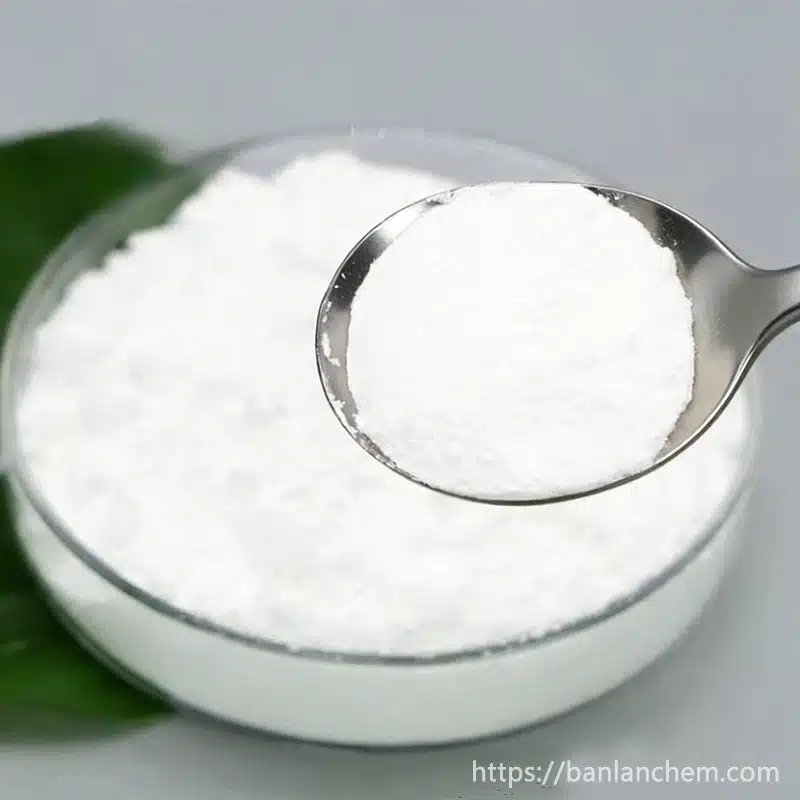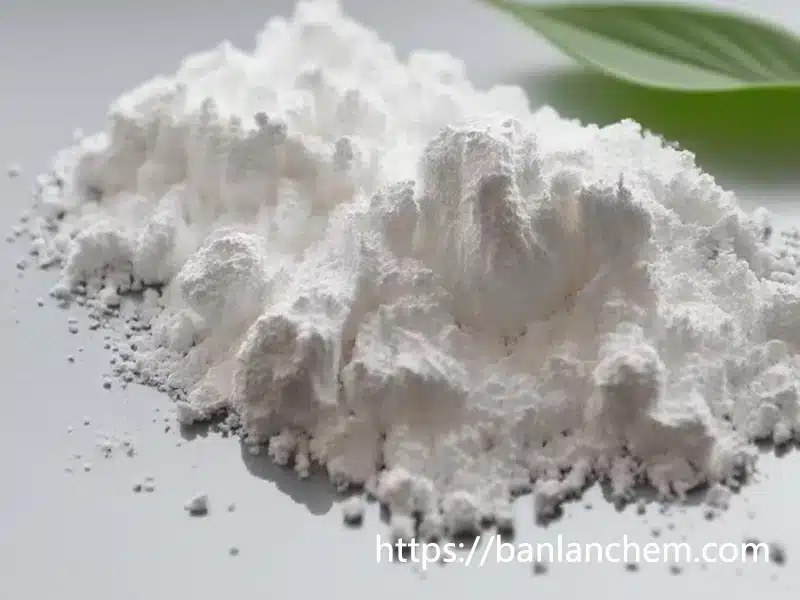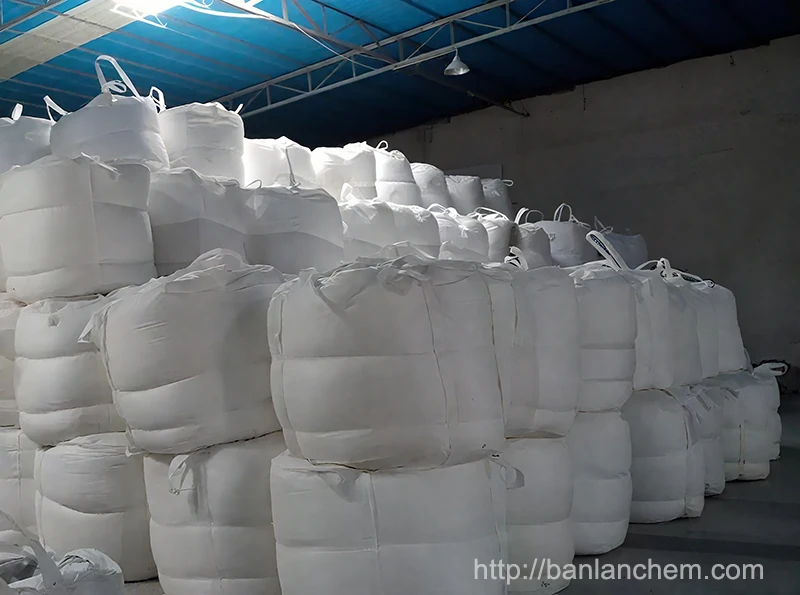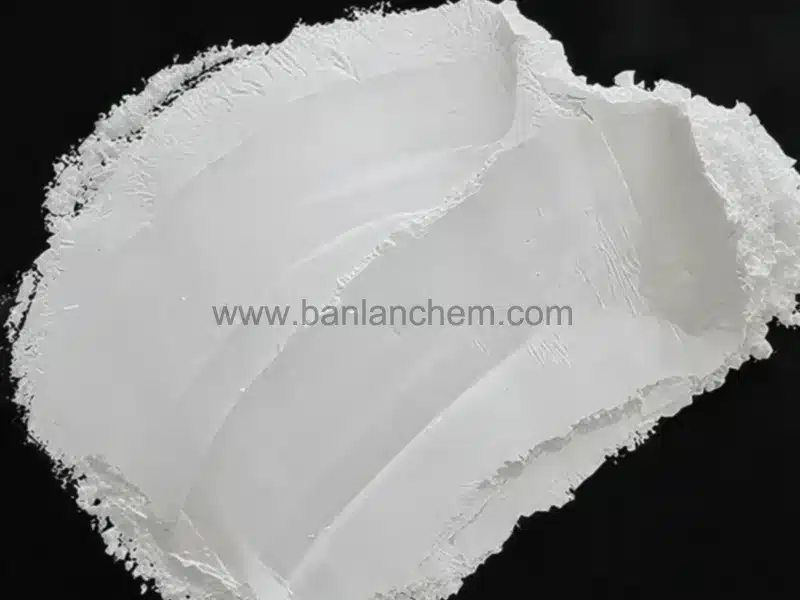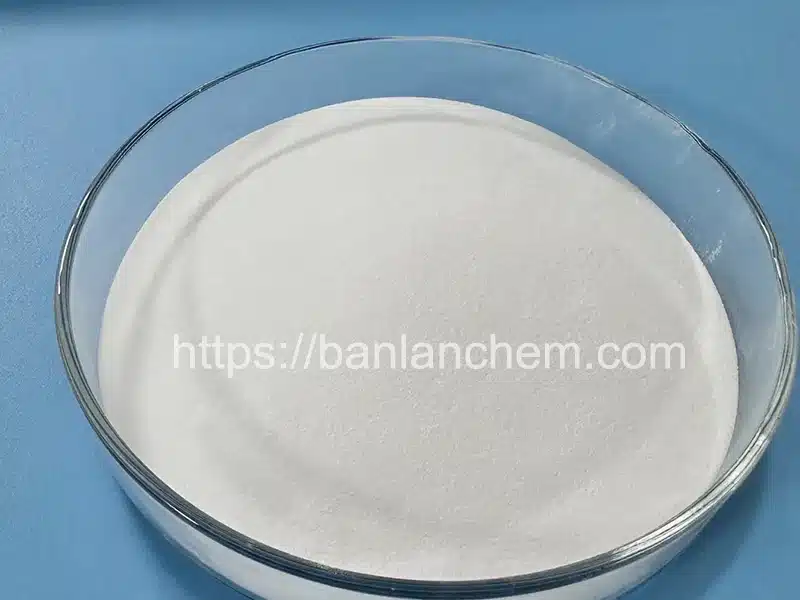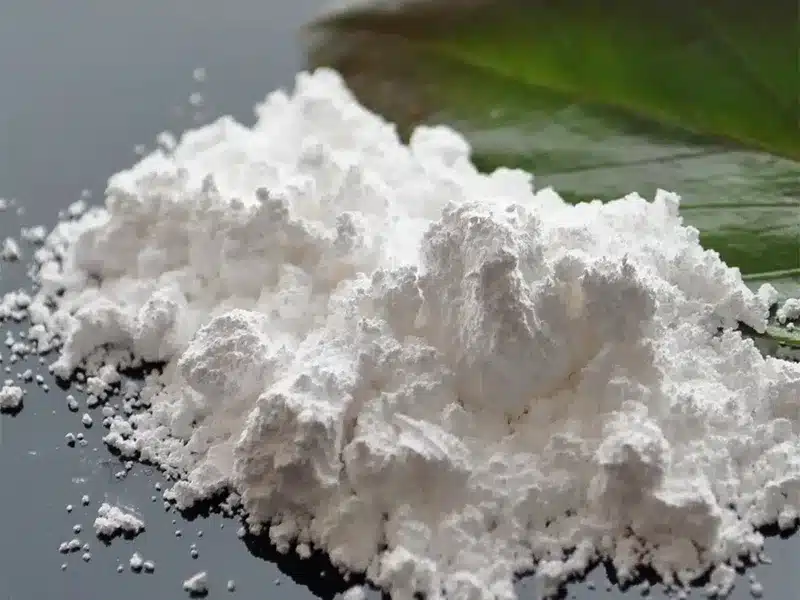Is Aluminum Hydroxide in Toothpaste Safe for Children?
Date: May-08-2025 Categories: News、Aluminium Hydroxide Views: 379
First, toothpaste in the “little helper”: aluminum hydroxide is?
Every day when we brush our teeth, we will squeeze out a strip of toothpaste. But do you know? Toothpaste has a component called aluminum hydroxide, which is the “main force” to clean teeth! This white powder feels like fine sand, but is much gentler than sand. Its main task is to cooperate with the toothbrush, to help us brush off the yellow stains on the teeth, plaque, like the teeth do “polishing”.
According to research, more than 60% of the toothpastes on the market contain aluminum hydroxide, especially the toothpastes with the slogan of “gentle cleaning” or “children's special”. The amount of aluminum hydroxide is usually between 20% and 50%, which ensures the cleaning power without harming the teeth.
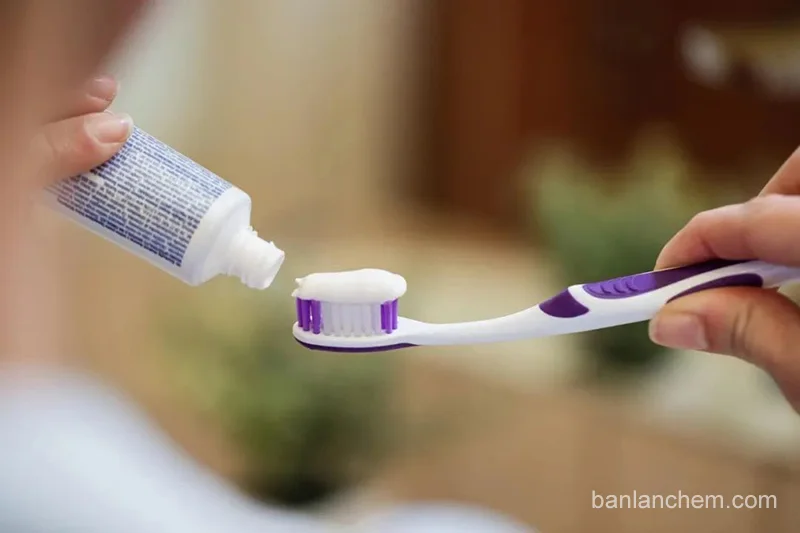
Second, why must toothpaste add friction agent?
The nemesis of dental stains
The food we eat and the drinks we drink every day will form a layer of “biofilm” on the surface of the teeth. If you don't use friction agent to brush it off, it will become stubborn plaque in 3 days, and even calcify into calculus.
Not all powders work
Powders like sand can also scrub away stains, but they can scratch your teeth. Aluminum hydroxide, on the other hand, has finely designed particles that are only 5-20 microns in diameter (1/10th of a hair strand), making it both effective and gentle.

Comparison of other common rubbing agents
Calcium carbonate (cheap but sharp particles that can damage tooth enamel)
Silicon dioxide (strong cleaning power but expensive)
Calcium Hydrogen Phosphate (commonly used in whitening toothpaste but may irritate sensitive teeth)
C. 4 exclusive advantages of aluminum hydroxide
- Gentle treatment of tooth surface
Children's milk teeth and young people's permanent teeth, the enamel is not fully mineralized, and the hardness is only 70% of that of adults. Aluminum hydroxide has rounded particles, just like erasing pencil characters with an eraser, which can remove stains without leaving scratches on the teeth.
Experimental data show that the same cleaning effect, aluminum hydroxide on the tooth enamel wear than calcium carbonate 40% lower. 2. and fluoride is the “same”!

- Fluoride is a “golden partner”.
90% of fluoride toothpaste will choose aluminum hydroxide as a rubbing agent. Because it is still stable in the presence of fluoride environment, but also help fluoride ions better attached to the tooth surface, strengthen the effect of anti-cavity. - Make toothpaste more “smooth”.
When aluminum hydroxide meets water, it will form a gel-like substance, which makes the toothpaste easier to push away, and does not produce a “sandpaper rubbing” roughness when brushing teeth. This is the secret why many high-end toothpastes are creamy to the touch. - Safety factor
Aluminum hydroxide is certified by the Association of Dental Associations of the World (ADAA) as not being absorbed by the human body. Even if you accidentally swallow a tiny amount (such as when children brush their teeth), it will be discharged directly from the body and will not accumulate in the body.
Fourth, these 5 types of people are the most suitable for toothpaste containing aluminum hydroxide
6-12 years old children
The enamel of the new permanent teeth is as thin as eggshells, and it is easy to wear out with ordinary adult toothpaste. It is recommended to choose children's toothpaste with aluminum hydroxide content of about 30%.

People with sensitive teeth
If your teeth get sore from eating ice cream, it means that the dentin may be exposed. Aluminum hydroxide can reduce the irritation when brushing.
Orthodontic braces wearers
Food debris tends to build up around wire brackets, requiring more frequent brushing. Gentle aluminum hydroxide reduces the damage caused by over-cleaning.
Pregnant women
Hormonal changes during pregnancy can make gums more fragile, and toothpastes containing aluminum hydroxide can reduce the likelihood of bleeding from brushing.
People with underdeveloped enamel
This group of people have chalky plaque on the surface of the teeth, choose the combination of aluminum hydroxide + fluoride can double protection of vulnerable areas.
V. 3 Questions about Aluminum Hydroxide

Q1: Is it safe for long-term use?
The US FDA classifies it as a GRAS grade (Generally Recognized As Safe) ingredient. China's “Raw Material Specification for Toothpaste” also clearly allows the addition of aluminum hydroxide, as long as the content does not exceed 50% is completely safe.
Q2: Will it make my teeth thinner?
Quite the opposite! Aluminum hydroxide forms a micro-protective layer during cleaning. A study by Tokyo Dental University found that after 6 months of continuous use, the microhardness of the tooth surface increased by 8.3%.
Q3: Can it whiten my teeth?
It mainly removes exogenous pigments (e.g. tea and coffee stains) through physical friction, and has limited effect on endogenous tooth yellowing (e.g. tetracycline teeth). To truly whiten, it needs to be combined with chemical ingredients such as peroxide.
Sixth, how to choose a high-quality aluminum hydroxide toothpaste?
Look at the ingredient list sorting
The ingredient list is arranged according to the content from high to low, aluminum hydroxide (Aluminum Hydroxide) should be in the first three places.
Choose the right particle number
Those labeled “D50≤15μm” on the package are ultra-fine particles, which are more suitable for sensitive teeth. For general cleaning, “D50 ≤ 25μm” is sufficient.
Avoid these combinations
Aluminum hydroxide + calcium carbonate (neutralizes mildness)
Aluminum hydroxide + bleach (may damage the gel structure).
Recognize professional certifications
Give preference to products with the “Recommended by the Chinese Dental Association” or “ADA-approved” logo.
Seven, the correct way to brush your teeth to get twice the result with half the effort
Even the best toothpaste with the correct technique:
Pasteur brushing method
Toothbrush and teeth at a 45-degree angle, small horizontal tremor, like a “gentle tremor” way to brush the gum groove.
The 3-3-3 principle
Brush your teeth 3 times a day for 3 minutes each time and within 30 minutes after meals. Take special care not to eat after brushing at night.
Replace your toothbrush regularly
Replace it immediately when the bristles flare out or when it is more than 3 months old, otherwise the cleaning efficiency decreases by 40%.
VIII. Special reminders for children's use
Dosage control
Use the size of a grain of rice under 3 years old, not more than the size of a pea before 6 years old, avoid swallowing too much foam.
Fun guide
You can give your child a colorful paste with food-grade coloring (e.g. blue aluminum hydroxide) to stimulate interest in brushing.
Be wary of the “fruit-flavored” trap
Some fruit-flavored toothpastes have sodium saccharin added, so pay attention to the ingredient list and give preference to sugar-free formulas.
Choose scientifically to protect your family's oral health
Aluminum hydroxide, as a century-old toothpaste ingredient, has proven its safety and effectiveness. Especially


